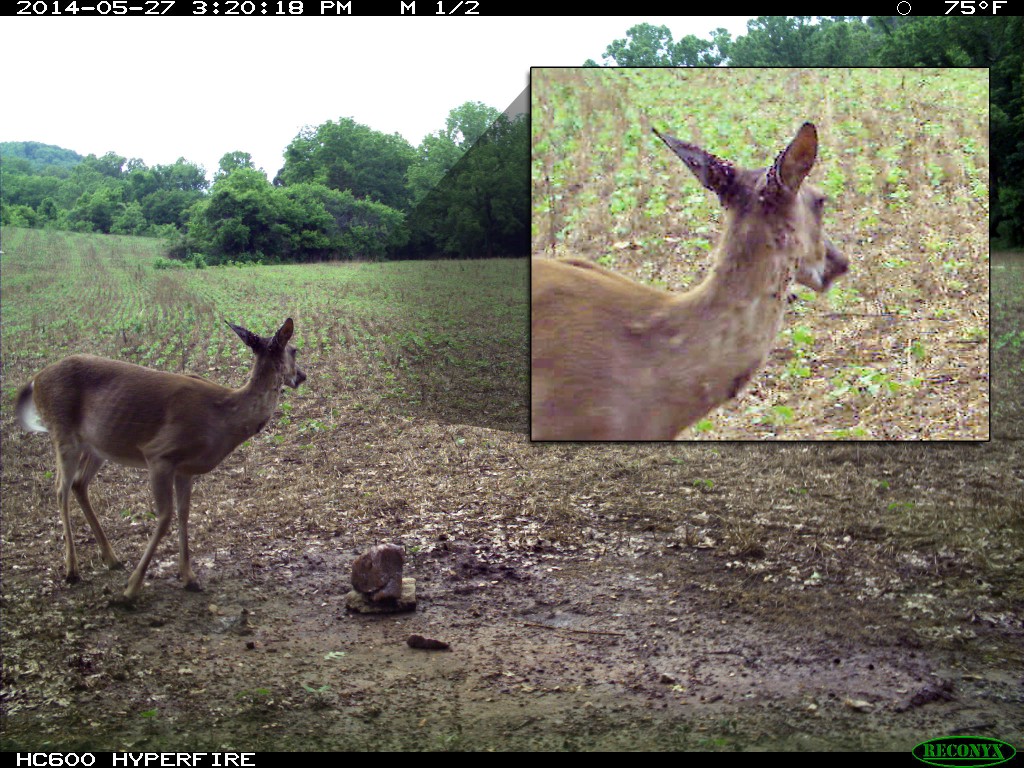Prescribed Fire Can Reduce Predators And Improve Deer Hunting
Filed under: Hunting Blog, White-tailed Deer, Whitetail Habitat Management
Its fawning season and many fawns will be killed by predators. There’s often a substantial difference between the number of fawns born and the number that survive until six months of age. That’s why most biologists use the term “recruitment” to describe the number of fawns that survive to six months of age.
During the past few years there have been studies by many universities that show coyote and bobcats can kill a high percentage of fawns, even in areas with good hiding cover. More and more landowners are acting to balance the predator and prey populations on their property as a deer and turkey management tool.
Unfortunately, most landowners ignore the most numerous predator – ticks. The Center for Disease Control reports that cases of tick borne illness in humans have been increasing for a decade. Most studies indicate that tick populations are increasing.
Some folks are fast to blame increasing deer populations for the increasing tick populations. This is odd given many deer populations are decreasing throughout the whitetail’s range. Tick populations are strongly influenced by the quality of their habitat in addition to available hosts.
Simply stated 50 deer can feed as many ticks as 100 deer! However, very few ticks survive without good habitat. What is good tick habitat? You might be surprised to learn that moisture is one of the primary ingredients of good tick habitat. A deep layer of leaves, fields of grass that are rarely mowed/burned, or any layer of vegetation that holds moisture can be good tick habitat.
This is because ticks require moisture to survive. If ticks become dry (desiccated) they die rapidly. Researchers have shown that proper use of prescribed fire is an effective tool to reduce tick populations. Fire can remove duff layers (organic matter of fallen leaves, etc.) and moisture for long enough to cause ticks to desiccate. However, ticks will repopulate the area once a duff layer develops. Ticks will be brought into the area on mammals seeking the lush vegetation resulting from the fire.
To significantly reduce tick populations often requires the uses of prescribed fire on an annual or bi annual basis.
Growing and managing deer together,
Grant




